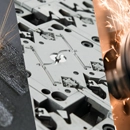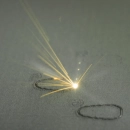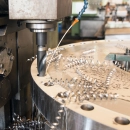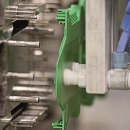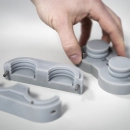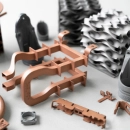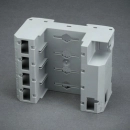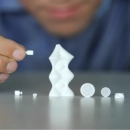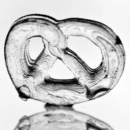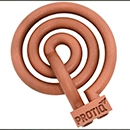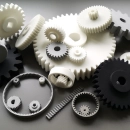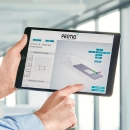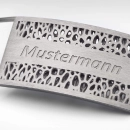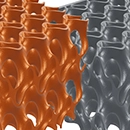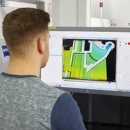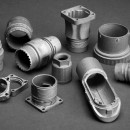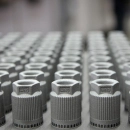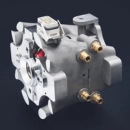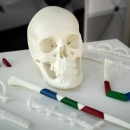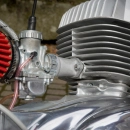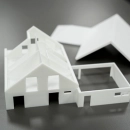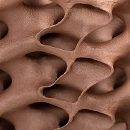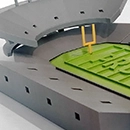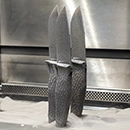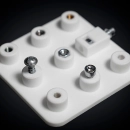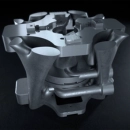Cross-section
The cross-section of a component plays a decisive role in its strength and load-bearing capacity. It describes the shape and size of the section of a material or structural element and significantly influences how loads are distributed and forces are absorbed. The geometry of the cross-section can determine the ability of a component to resist deformation and effectively withstand various loads without material fatigue or failure.
An optimized cross-sectional shape can reduce stresses and shear forces by distributing the load over a larger area. This reduces the likelihood of material failure and improves the stability of the entire component. Different shapes and dimensions of the cross-section, such as circular, square or I-shaped, are used in the design to meet specific mechanical requirements and load profiles.
In applications where high loads occur, such as in architecture or machine building, the design of the cross-section is decisive in determining whether a component meets the requirements. A carefully designed cross-section profile not only enables optimal material utilization, but also contributes to weight reduction without compromising structural integrity. In addition, analyzing the cross-sectional profile can help to identify weak points that can be addressed through changes in design or material selection in order to extend the service life of the component and increase safety.



 Deutsch
Deutsch English
English Italiano
Italiano